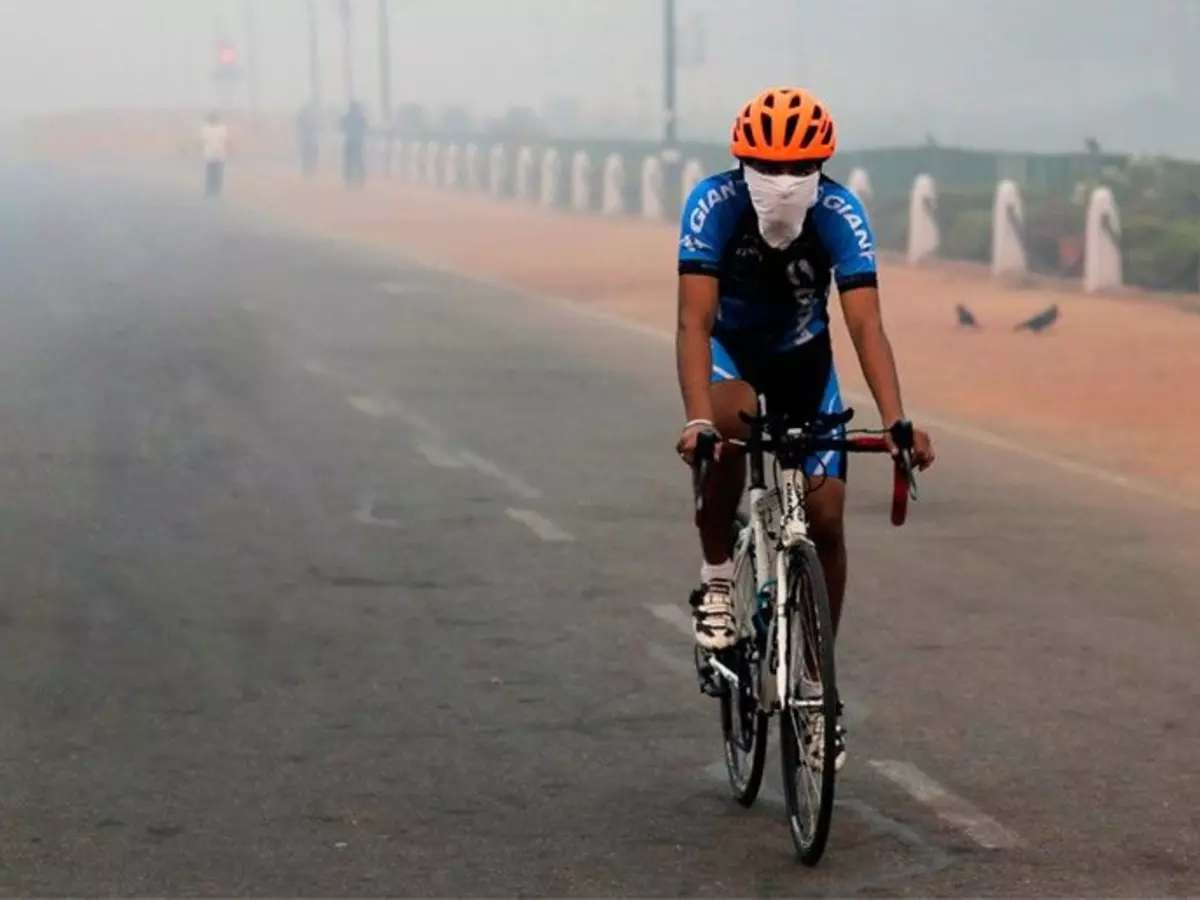Despite Firecrackers Ban, Delhi-NCR's Air Quality Drops To Very Poor After Diwali, But Stays Better Than 2016
A quiet, smoke-free Thursday gave way to thick haze and noise Diwali night, dashing hopes of a firecracker-free festival following a Supreme Court ban on their sale in the National Capital Region.

A quiet, smoke-free Thursday gave way to thick haze and noise Diwali night, dashing hopes of a firecracker-free festival following a Supreme Court ban on their sale in the National Capital Region.

ap
While quantifying the immediate effect of the ban on firecrackers is difficult, it was a fact that noise and smoke levels Thursday were much lower than in previous years until about 6 pm.
The Central Pollution Control Board on Friday reported that the pollution levels in Delhi are lower compared to the air quality recorded during Diwali in 2016.
The Air Quality Index (AQI) value yesterday was 319, terming it in very poor category; while the AQI last Diwali (October 30) had touched severe level after recording an index value of 431.
Online indicators of the pollution monitoring stations in the Capital glowed red, indicating 'very poor' air quality as the volume of ultra fine particulates PM2.5 and PM10, which enter the respiratory system and manage to reach the bloodstream, sharply rose starting around 7 pm Thursday.

ap
The Delhi Pollution Control Committee's RK Puram monitoring station recorded PM2.5 and PM10 at 878 and 1,179 micrograms per cubic metre, respectively, at around 11 pm Thursday.
The pollutants violated the corresponding 24-hour safe limits of 60 and 100, respectively, by as much as 10 times.
Delhi's RK Puram at 978(Hazardous) on Air Quality Index #AQI pic.twitter.com/nYNGFcginM
¡ª ANI (@ANI) October 20, 2017
According to the SAFAR (System of Air Quality and Weather Forecasting And Research), the 24-hour rolling average of PM2.5 and PM10 were 154 and 256 micrograms per cubic metre, respectively, at around 11 pm.
Visuals of #smog from #Delhi's Vijay Chowk pic.twitter.com/5d7S1ZViP7
¡ª ANI (@ANI) October 20, 2017
SAFAR forecast that the pollution levels will peak between 11 pm and 3 am Thursday night-Friday morning.

ap
However, SAFAR has also predicted relatively cleaner post-Diwali air due to favourable meteorological conditions, which are helping prevent the smoke-filled air from the agricultural belt of Haryana and Punjab from entering the Capital.
¡ª ????? ???? (@Mustafa70463505) October 19, 2017
'Very poor' AQI means that people may suffer from respiratory illnesses on prolonged exposure to such air. If the air quality dips further, AQI will turn 'severe', which may trouble even those who are health and seriously affect those with ailments.
The Supreme Court-appointed Environment Pollution Prevention and Control Authority is empowered to enforce the Graded Response Action Plan (GRAP) to combat air pollution in Delhi and its surrounding areas.
Measures under GRAP's 'very poor' and 'severe' categories, which include a ban on diesel generator sets, came into effect on October 17 and will remain in force until March 15 next year.
